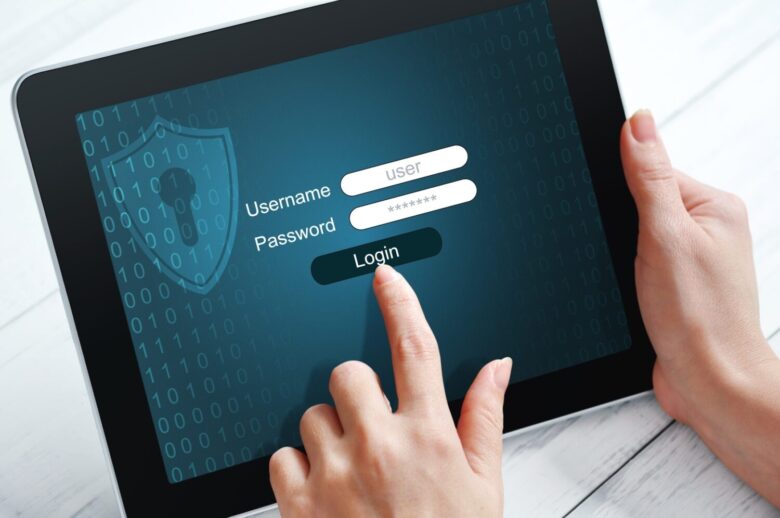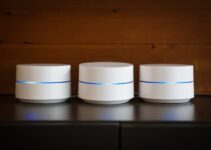Data is the lifeblood of any modern-day organization. Besides fueling decision-making, it enhances competitiveness and supports strategic initiatives. However, this precious asset is under constant threat, not just from external hackers but also from within. Employees can inadvertently or maliciously compromise organizational data.
This article examines the pressing issue of employee organizational data theft and presents practical ways to prevent it. Furthermore, we explore the role of employee monitoring software in safeguarding sensitive information.
Why does organizational data theft happen?

Source: whoa.com
Organizational data theft by employees is a multifaceted issue influenced by various motives and circumstances. Understanding why employees may commit data theft is crucial for devising effective prevention strategies. Here, we delve into the factors contributing to employee data theft.
Financial motives
Financial gain remains one of the most common drivers behind employee data theft. Some individuals are enticed by the prospect of making a quick profit by selling sensitive organizational data to competitors or on the dark web. Financial pressures, debt, or the allure of easy money can lead employees to compromise their ethical standards.
Disgruntlement
Employees who feel undervalued or unfairly compensated may resort to data theft as a retaliation or leverage. Disgruntled employees may view stealing sensitive data as a way to settle scores with their employers. It highlights the critical importance of fostering a positive work environment.
Lack of awareness
In some cases, data theft occurs due to a lack of awareness or education about cybersecurity practices. Employees who are unfamiliar with security protocols may unknowingly engage in activities that compromise data security. They might fall victim to phishing attacks and unknowingly share sensitive information with unauthorized individuals.
Negligence
Data theft can also occur due to employee negligence. Careless data handling, like leaving laptops unattended and using weak passwords, can create opportunities for data breaches. Failure, though often unintentional, can have severe consequences.
Competitive espionage

Source: securityintelligence.com
Employees with access to valuable information may be targeted by rival companies or competitors seeking a competitive edge. In such cases, employees may be enticed with offers of employment and financial incentives to share sensitive data.
Inadequate security measures
Organizations that do not have robust security measures in place are more susceptible to data theft. Weak access controls and outdated security protocols can create vulnerabilities that employees or external actors can exploit.
Insider threats
Some individuals join organizations with malicious intent from the outset, aiming to steal data for personal gain or to harm the organization. These insider threats are often challenging to detect because they may have legitimate access to data as part of their job roles.
Lack of ethics
In some cases, a lack of ethical principles or personal integrity may drive employees to engage in data theft. They may not perceive data theft as morally wrong or may rationalize their actions as justified for personal gain or revenge.
Access privileges
Poorly managed access privileges can lead to data theft. Employees with access to more data than needed to perform their job functions pose a higher risk. Additionally, former employees with lingering access can become threats if their credentials are not promptly revoked.
Six practical ways to prevent organizational data theft by employees

Source: insureon.com
Preventing corporate data theft by employees requires a multifaceted approach combining technology, policies, and a security culture. Here are seven effective strategies to protect your data assets.
1. Establish clear data access policies
Define who can access what data. Restrict access to private information to employees needing it for their responsibilities. Implement role-based access controls to enforce these policies.
2. Implement strong authentication measures
Encourage strong, unique passwords and two-factor authentication (2FA). It ensures that even if login credentials are compromised, unauthorized access will not occur.
3. Regular employee training
Invest in ongoing cybersecurity training for employees. They should be aware of phishing threats, social engineering tactics, and the importance of data security. Regular training sessions help keep security top of mind.
4. Data encryption
Implement robust encryption protocols for sensitive data in transit and at rest. Encryption adds extra protection, making it difficult for unauthorized users to decipher the information even if they gain access.
5. Continuous monitoring
Regularly monitor and audit data access and usage. Suspicious activities need flagging and investigation promptly. It deters potential data thieves and helps identify insider threats.
6. Data loss prevention (DLP) tools
Invest in DLP tools that can automatically prevent the unauthorized transmission of sensitive data. These tools can monitor email communication and other data movements to ensure compliance with security policies.
Role of employee monitoring software in protecting organizational data

Source: optimushive.com
In the age of remote work and increased digitization, employee monitoring software has become more critical than ever in safeguarding corporate data. While this term may evoke privacy concerns, it is essential to balance protecting sensitive information and respecting employees’ rights.
Employee monitoring software can be a valuable asset in the prevention of data theft by employees for the following reasons.
Activity tracking
Employee monitoring software allows organizations to track the digital activities of their employees, including the websites they visit and applications they use. The information can help detect unusual or unauthorized activities indicating data theft attempts.
Email and communication monitoring
Many data theft incidents involve the misuse of email and other communication channels. Employee monitoring software can scan emails and messages for sensitive keywords or attachments and alert administrators to suspicious communications.
Behavioral analytics
Some advanced monitoring tools use behavioral analytics to establish a baseline of typical employee behavior. Deviations from this baseline can trigger alerts and help organizations identify potential insider threats.
Remote work management
With the rise of remote work, monitoring software enables organizations to oversee remote employees’ activities. It ensures data security protocols are followed even outside the office.
Bottom line
Organizational data theft by employees is a growing concern in today’s business landscape. Consequences of data breaches are devastating, including financial losses and damage to reputation. To prevent data theft by employees, organizations must adopt a comprehensive approach that combines security policies and technology solutions like employee monitoring software.
Safeguarding organizational data from internal threats is an ongoing process that requires vigilance and the right technology solutions. Taking a proactive approach can reduce the data theft risk.




